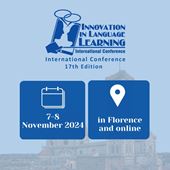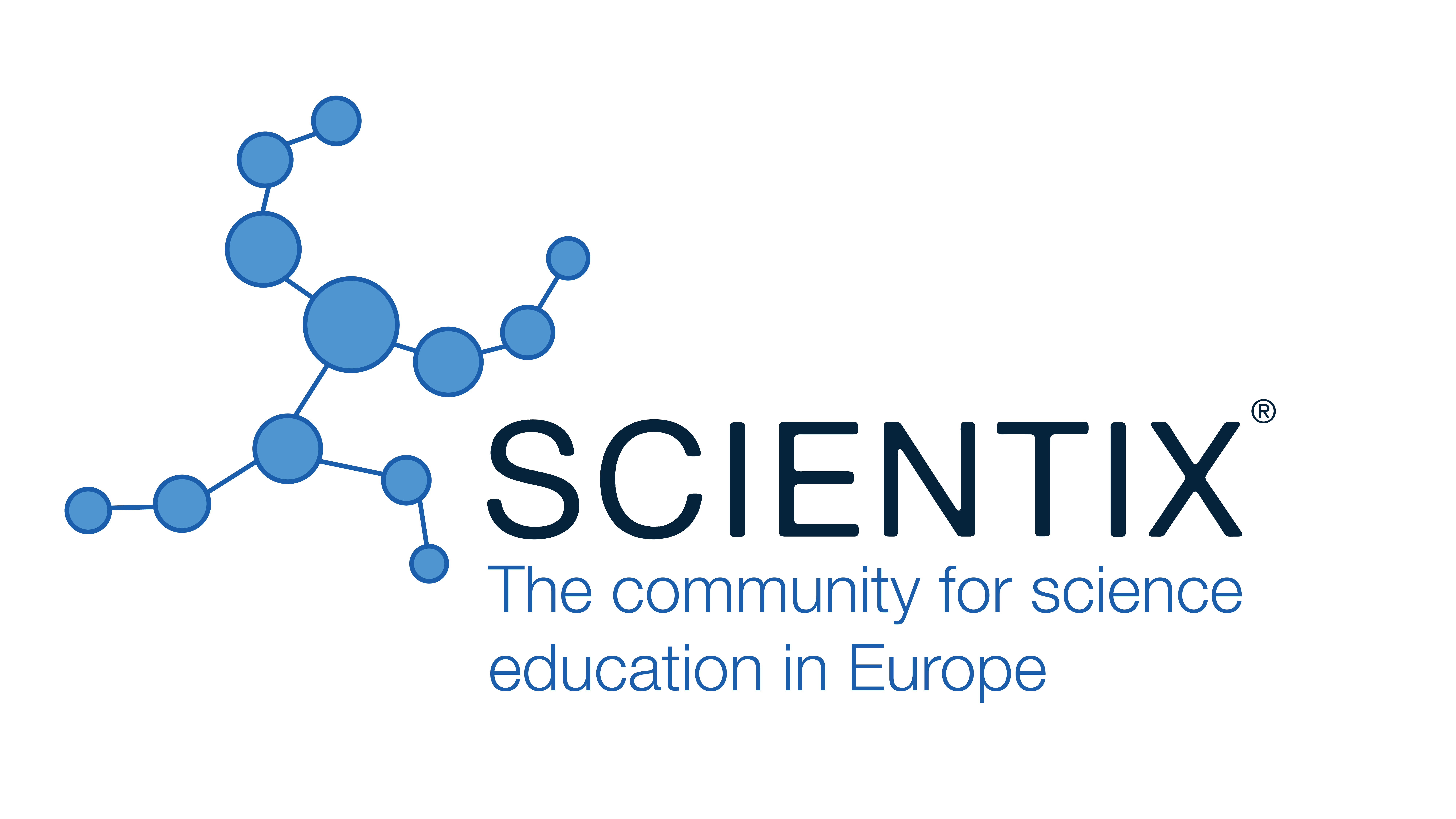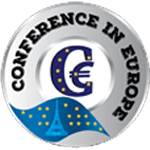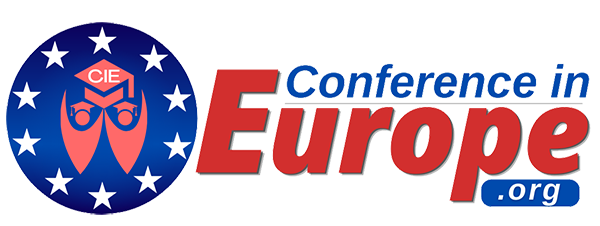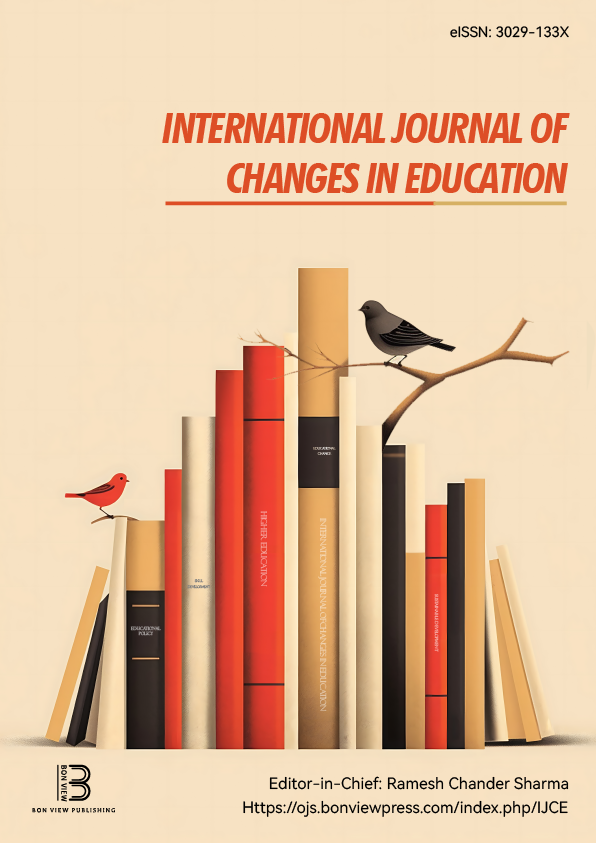Conceptual Scaffolding and Curricular Accessibility: AR/VR-Mediated Inquiry-Based Learning for Abstract Physics Concepts in Primary School (Grade 5)
Anna Rita Bisogni, Convitto Nazionale Filangieri, Vibo Valentia (Italy)
Abstract
This paper describes a STEAM learning path implemented with Grade 5 students (9-10 years old) in Italy, aiming to make abstract scientific concepts (Matter, Atomic Structure, Energy, Circuits), which are poorly representable at this age, accessible and tangible.
The educational intervention was designed to bridge the cognitive gap through an IBSE methodology and a multisensory scaffolding strategy. For the Structure of Matter, abstraction was mediated using digital storybooks and physical role-playing, where each student acted as an "Atom," whose "Bonds of Friendship" represented "Molecules," finally aggregating into the "Grade 5 Substance." Feedback from the systemic observation rubric confirmed the acquisition of an intuitive understanding of particulate nature, demonstrating awareness that matter is a dynamic aggregate subject to interaction and charge transfer.
The Energy module—while covering the full curriculum—focused the experimental investigation on laboratory-accessible forms (Electrical, Static, Magnetic, Kinetic, and Potential). Key activities included exploring Conductivity/Insulation using a buzzer-based tester on various materials and creating paper circuits (LED/foil). The concept of a Closed Circuit was reinforced using the Makey Makey platform. Magnetic Energy was explored through the construction of a compass (paperclip/magnet) and the levitation experiment of a paper butterfly using magnets.
The Technological integration centered on PBL, serving as targeted support for energy and simple machine concepts: the Catapult (Strawbees) for the transfer between Potential and Kinetic Energy (Simple Machines - Lever), the Scissor Mechanism for kinematics, and the Wind Turbine for the analysis of Clean Energy conversion.
The strategy further integrates learning with Augmented Didactics (D.E.L.), incorporating Quiver AR cards and virtual exploration with the Merge Cube (on tablets) to intensify the connection between physical modeling and 3D molecular visualization. Documented results, supported by video evidence, demonstrate the approach's effectiveness in overcoming the cognitive barriers of abstraction at an early age, promoting collaborative problem-solving and engineering thinking.
|
Keywords |
STEAM, IBSE, PBL, (D.E.L.), Scaffolding, AR, Science Education, Primary School |
|
REFERENCES |
[1] Ministero dell’Istruzione, dell’Università e della Ricerca. (2012/2025). Indicazioni Nazionali per il curricolo della scuola dell’infanzia e del primo ciclo di istruzione. Roma: MIUR. [2] Resnick, M. (2017). Lifelong Kindergarten: Cultivating Creativity through Projects, Passion, Peers, and Play. MIT Press |
 New Perspectives in Science Education
New Perspectives in Science Education


